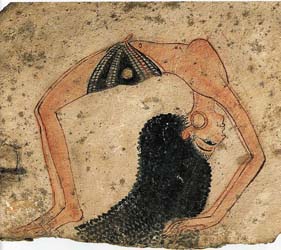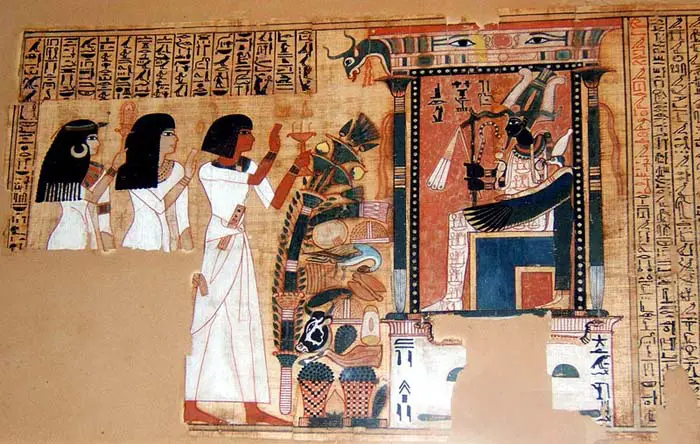Ancient Egyptian Dance
From paintings and etchings on the walls of tombs to clay figures with their hands held above their heads, it is clear to historians and Egyptologists that dancing was a common part of life in ancient Egypt . There are scenes found in tombs dating as far back as the New Kingdom involving dancers at ceremonies, rituals, and celebrations.
Ancient Egyptian dance varied from each instance to the next, with different movements and steps depending on the kind of engagement the dancers were performing at. For instance, a military meeting would be different from a more ritualistic time.
Dancers in Ancient Egypt
The dancers themselves were often groups, but only of one gender at a time, with little to no evidence of males and females dancing together. The steps were choreographed to not echo one and another, but often, as in more recent dance movements, each person has their own gestures and positions to make on their own, but each is working together in very specifically organized ways.

Musicians and Dancers in Ancient Egypt
Movement
The downside is, as much of what we understand of ancient Egyptian dance comes from murals found on the walls of tombs and temples, there is only so much information that can be taken from a simple snapshot.
With a culture so rich and heavily involved in religion, it is easy to say that the point of the dances were often probably meant to honor the gods, or were designed with a certain purpose; but with the little that we know past the pictures, it is hard to figure out what the movements were, not to mention what the movements meant.
Ancient Egyptian Dance Costumes
While many cultures have very specific and often elaborate dancing costumes, the clothes worn by Egyptian dancers were hardly elaborate or involved enough to even call them an actual costume.
In many scenes that have survived the ages, dancers (females, specifically) are found moving their arms and legs without being trapped by cloth of any sort, except for the occasional small fringed skirt or tunic, not always worn simultaneously. There were other times when dancing took place in the nude, with nothing but a single ribbon tied loosely about the waist.

Acrobatic Dancer
Ritual Dance
It is believed that the dances originally started as a way of both mourning the dead and appeasing the goddess Sekhmet, who, as the myth goes, once nearly destroyed all of mankind when asked by the sun god Ra to punish those who had forgotten him.
While we may not know the particular meaning of every step or movement made by a dancer during any given dance they performed, we understand that they were almost entirely religious in nature, and meant to honor, celebrate, mourn, or pacify.
As such, most of the rituals were performed in the name of one or many of their gods, who they believed helped them frequently during the passage of a day, not to mention the passage of time.

Scribe Nebqued before Osiris, god of the dead
Other tomb depictions show dancers following funeral processions, and in some cases, performing moves more closely associated with acrobatics and gymnastics than strictly dancing.
During these processions, it was common for dancers to skip or leap into the air, which was a way of honoring and welcoming the goddess Hathor, who was believed to meet the dead at the entrance to the underworld. By properly honoring Hathor, it assured them that the newly deceased would reach his or her destination well at the hands of the goddess.
Facts about Dance in Ancient Egypt
- Dance played an important role in the lives of all social classes.
- Usually associated with religious rituals, music and dance were present in festivals and celebrations of various gods.
- Dancers wore little clothing, but adorned themselves with jewelry and headdresses.
- Musicians are often depicted alongside dancers, with traditional string or percussion instruments.
